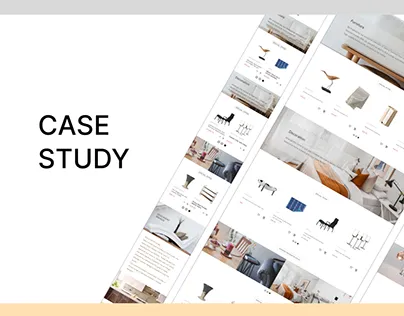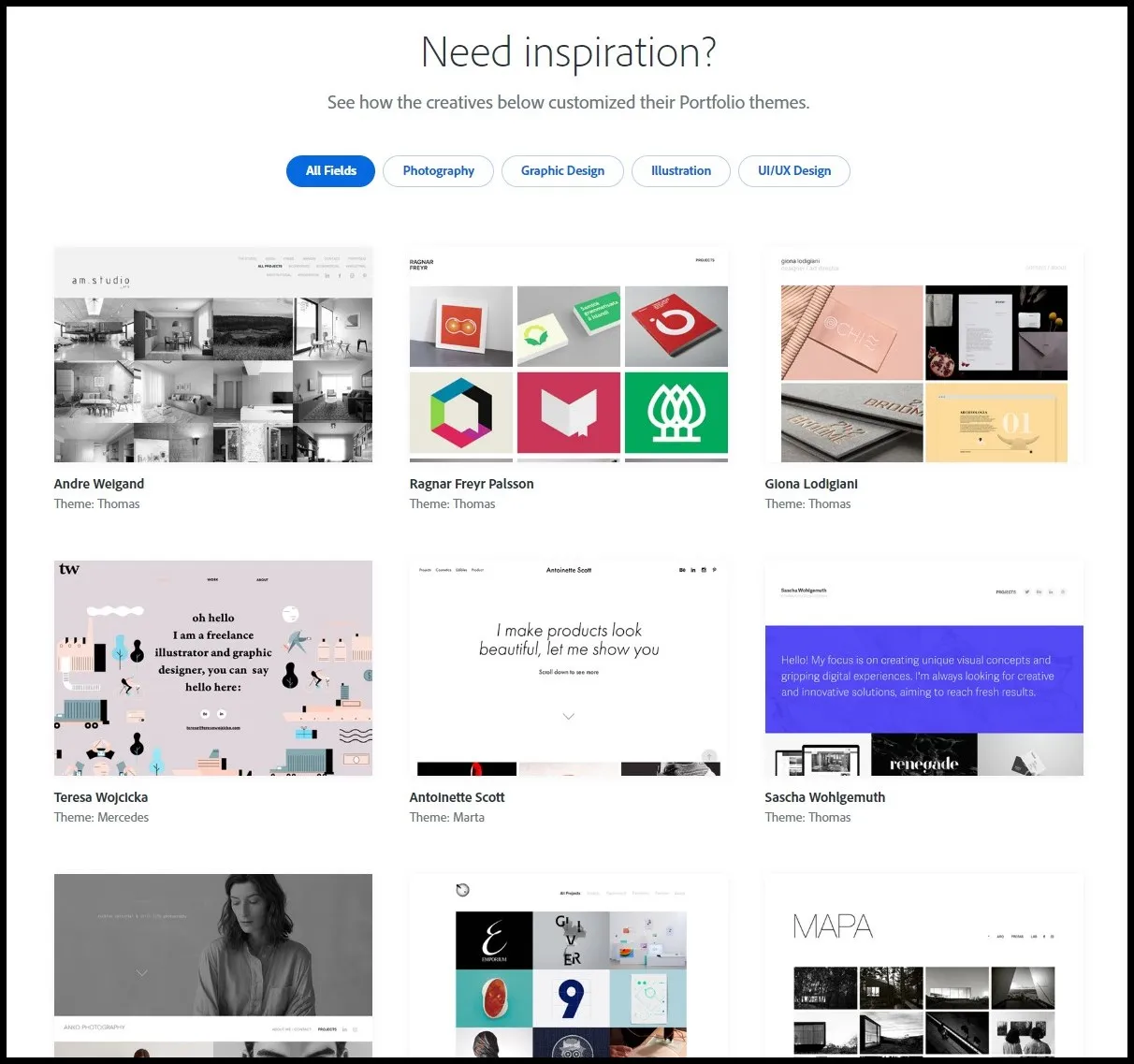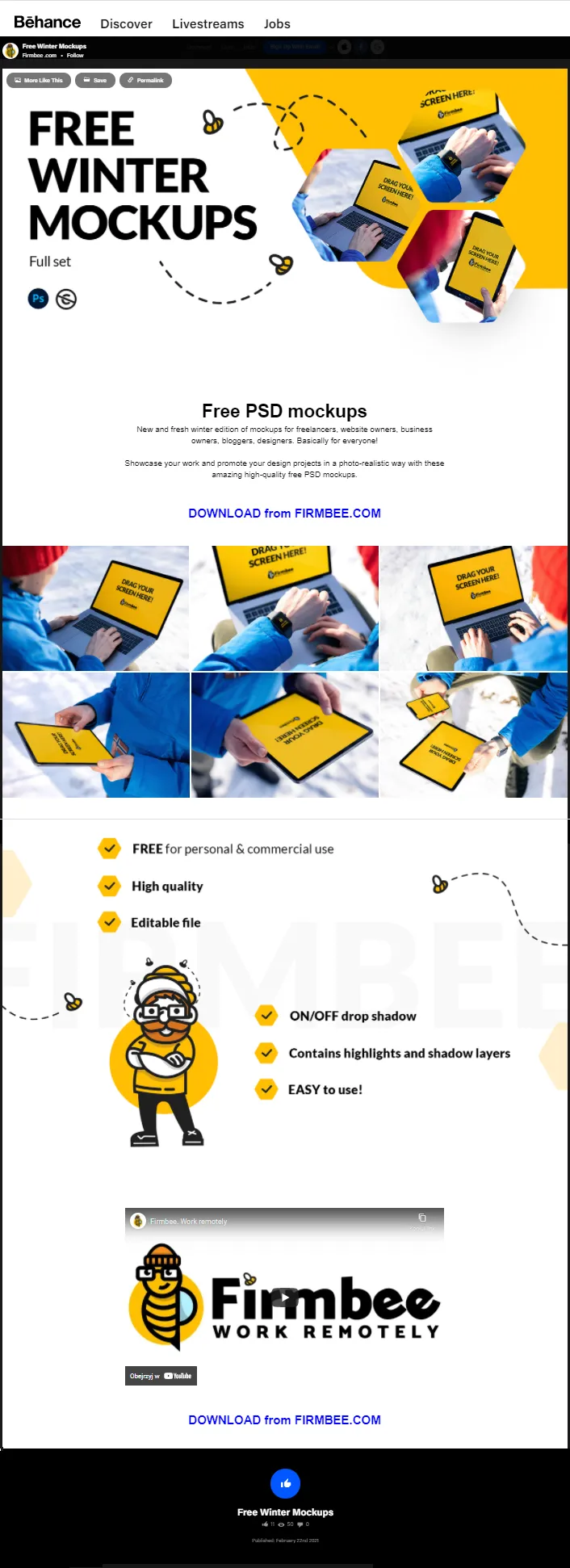Crafting compelling project descriptions on Behance is vital for attracting clients. A well-written description not only showcases your work but also tells a story that resonates with potential clients. It acts as a bridge between your creativity and the client's needs, transforming mere visuals into a persuasive narrative that highlights your skills and vision.
Understanding Your Audience

To connect effectively through your project descriptions, it’s crucial to understand your audience. Knowing who they are, what they seek, and how they think can significantly enhance your chances of making a lasting impression. Here are a few key considerations:
- Identify Potential Clients: Are you targeting startups, established businesses, or individual clients? Tailoring your language and examples to fit their context will make your description more relatable.
- Understand Their Needs: Dive deep into what your audience values. Do they prioritize creativity, efficiency, or cost-effectiveness? Highlighting these aspects in your description can align your work with their expectations.
- Consider Their Perspective: Think about the challenges your audience faces. By addressing how your project solves their problems, you create a compelling narrative that speaks directly to their needs.
- Know Their Industry: Familiarize yourself with the specific industry or field your audience operates in. This knowledge allows you to incorporate relevant terminology and examples that resonate with them.
In summary, understanding your audience is not just about knowing who they are but also about empathizing with their goals and challenges. By addressing these points in your project descriptions, you can create a more engaging and persuasive narrative that captures client interest.
Also Read This: How to Download Dailymotion Videos Step-by-Step Tutorial
Key Elements of a Compelling Project Description

Creating a captivating project description on Behance is crucial for attracting potential clients. Here are some key elements that can make your project stand out:
- Engaging Title: Start with a title that grabs attention. Instead of “Graphic Design Project,” try “Transforming Brands: A Graphic Design Journey.”
- Project Overview: Offer a brief summary of your project. This should include the objective, your approach, and the outcomes. Think of it as a mini-pitch!
- Target Audience: Identify who the project is intended for. This not only helps in setting the context but also demonstrates your understanding of market needs.
- Process Explanation: Share your creative process. Outline the steps you took, from brainstorming to execution. For example, “I started with sketches, moved to digital drafts, and finally completed the project with client feedback.”
- Results and Impact: Highlight the results of your project. Use metrics if available. For instance, “This redesign increased user engagement by 30%.”
- Call to Action: Encourage viewers to reach out for collaboration or feedback. Something like, “Interested in collaborating? Let’s connect!” adds a personal touch.
By integrating these elements, you create a narrative that resonates with viewers and potential clients alike.
Also Read This: Understanding the Reasons Behind YouTube Thumbnail Changes
Utilizing Visuals to Enhance Your Descriptions

Visuals are the heart of Behance. They not only complement your project descriptions but also convey your artistic flair. Here’s how you can effectively use visuals:
- High-Quality Images: Always use clear and high-resolution images. Blurry visuals can detract from your professionalism.
- Process Shots: Include images showcasing your progress. This gives potential clients insight into your workflow and creativity.
- Infographics and Charts: If your project involves data, consider using infographics. They can make complex data easy to digest and visually appealing.
- Video Content: Adding a short video can significantly boost engagement. A time-lapse of your design process or a client testimonial can provide a dynamic touch.
- Consistent Color Palette: Maintain a consistent color scheme throughout your visuals to create a cohesive look. This enhances the overall aesthetic of your project.
Remember, while text is important, visuals are often what catch the eye. Use them to tell your story and enhance your project’s appeal!
Also Read This: How to Create Portfolios on Behance
5. Incorporating Keywords for Better Visibility
When it comes to showcasing your projects on Behance, using the right keywords is essential. Think of keywords as the breadcrumbs that help potential clients find your work amidst the vast sea of creative projects. Here’s how to incorporate them effectively:
- Research Relevant Keywords: Start by identifying keywords that are relevant to your niche. For instance, if you’re a graphic designer specializing in logo design, terms like “modern logo design,” “brand identity,” or “minimalist logos” could be beneficial.
- Use Keywords Naturally: Integrate your keywords seamlessly into your project description. Avoid keyword stuffing; instead, focus on creating a narrative that includes them naturally. For example, “In this project, I developed a modern logo design that captures the essence of the brand.”
- Optimize Titles and Tags: Ensure your project title and tags reflect your chosen keywords. A title like “Modern Logo Design for Eco-Friendly Brands” not only attracts attention but also boosts SEO.
- Analyze Competitors: Look at successful projects in your field. Take note of the keywords they use and think about how you can apply similar strategies without copying their work.
By thoughtfully incorporating keywords, you can significantly enhance your project's visibility, making it easier for potential clients to discover your talent and creativity.
Also Read This: Creative Ideas for Incorporating Imago Images into Your Next Presentation
6. Examples of Effective Project Descriptions
Crafting an engaging project description can elevate your work on Behance, showcasing not just what you did, but how you did it and why it matters. Here are a few examples that illustrate effective project descriptions:
| Project Title | Description |
|---|---|
| Brand Identity Redesign for Local Coffee Shop |
This project involved a complete overhaul of the brand identity for a local coffee shop. I focused on creating a warm, inviting atmosphere through color selection and typography. The coffee shop wanted to appeal to young professionals, so I used earthy tones and a modern sans-serif font. The new logo reflects their commitment to sustainability, featuring a green leaf element. Outcome: Increased foot traffic by 30% within three months! |
| Website Redesign for Non-Profit Organization |
Here, I undertook a comprehensive website redesign for a non-profit organization focused on environmental conservation. The challenge was to make the site more user-friendly while conveying their mission effectively. I implemented a clean layout with intuitive navigation and incorporated impactful visuals to tell their story. Impact: The new site led to a 50% increase in donations in the first month! |
These examples highlight not only the projects but also the strategic decisions made during the process, demonstrating your thoughtfulness and expertise as a creative professional. Remember, the goal is to connect with potential clients by showcasing your unique approach and the benefits of your work.
Also Read This: Download LinkedIn Contacts to Excel for Enhanced Networking
7. Common Mistakes to Avoid
Creating a compelling project description on Behance can be a game-changer in attracting clients. However, even seasoned designers can stumble upon common pitfalls that can undermine their efforts. Here are some mistakes to watch out for:
- Being Vague: Avoid generic phrases like “I’m a passionate designer.” Instead, be specific about your skills and the project’s impact.
- Overloading with Jargon: While technical terms can showcase your expertise, too much jargon can alienate potential clients. Strike a balance between professional language and accessibility.
- Ignoring the Audience: Tailor your descriptions to your target clients. Understand their needs and how your project meets those needs.
- Skipping the Process: Clients love knowing how you got there. Include insights into your creative process or challenges you overcame.
- Neglecting Visuals: A picture is worth a thousand words. Ensure your images are high-quality and relevant to the project description.
- Being Unprofessional: Spelling errors and sloppy formatting can hurt your credibility. Always proofread and maintain a professional tone.
Avoiding these mistakes will enhance your project’s appeal and increase your chances of capturing client interest.
8. Conclusion and Final Tips
Mastering project descriptions on Behance is essential for standing out in a crowded marketplace. By avoiding common mistakes and following best practices, you can significantly increase your visibility and attract potential clients. Here are some final tips to keep in mind:
- Start with a Hook: Begin your description with a compelling statement or question that grabs attention.
- Be Concise: While details are important, keep your descriptions clear and to the point. Aim for brevity while retaining key information.
- Use Bullet Points: Break up dense text with bullet points to make it easier for readers to digest your content.
- Engage with Questions: Encourage interaction by asking questions or inviting feedback at the end of your description.
- Regular Updates: Keep your portfolio fresh by updating your descriptions and projects regularly to reflect your evolving skills.
By implementing these strategies, you’ll be well on your way to crafting project descriptions that not only showcase your work but also resonate with clients, ultimately leading to exciting new opportunities!